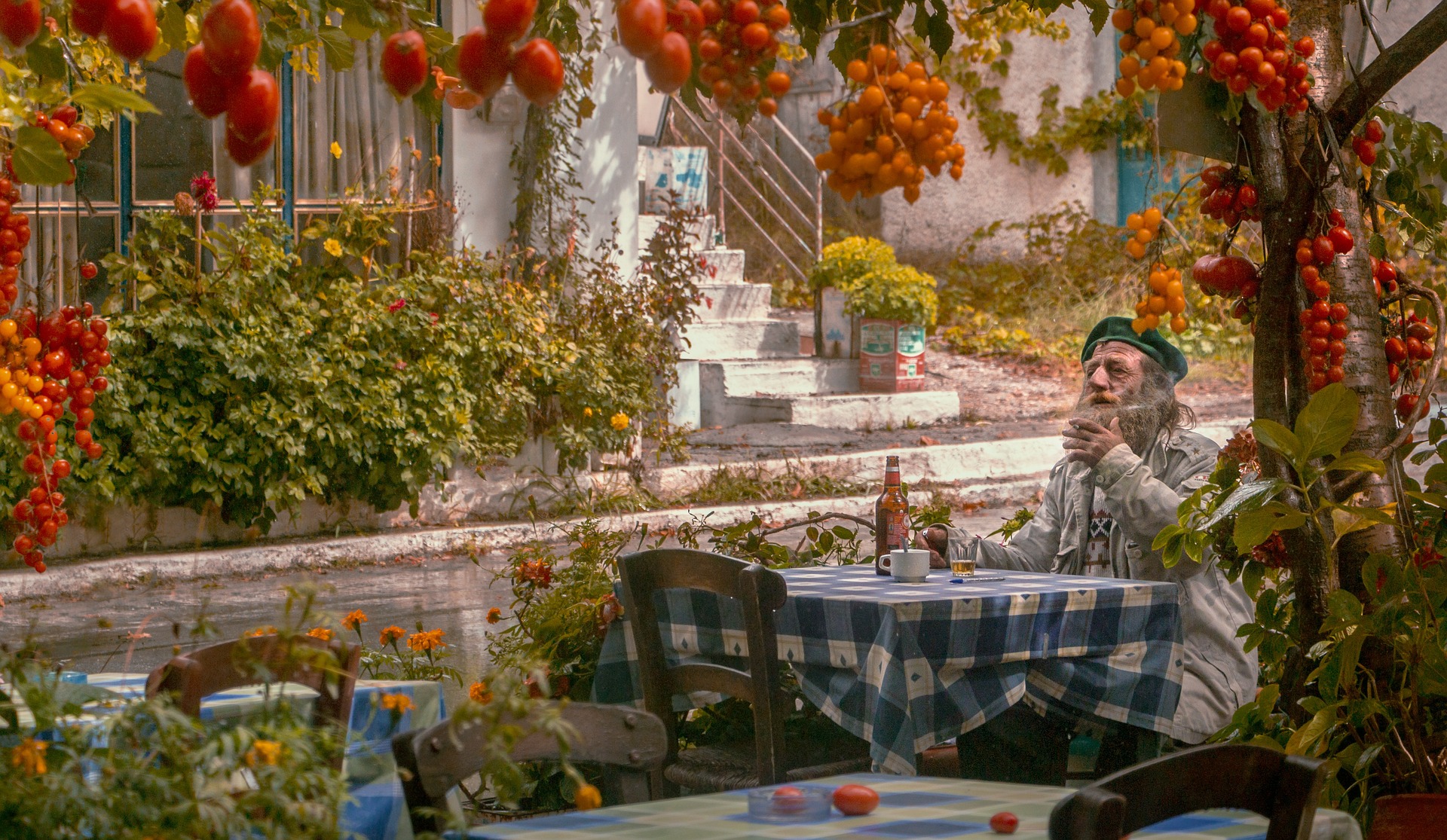I was recently sitting in my favourite beer bar and noticed a style on the tap menu that I’ve never seen before: grisette. While sipping on my pint, a quick Google search revealed it to be a type of beer that falls under the Farmhouse Ale style and a close cousin of Saison. It got me thinking…how many styles of Saison are out there? What actually is a Farmhouse Ale? How come I’m just hearing about these old styles of beer now? What day is it? Where am I?
In this article we’ll be looking at the world of saisons and farmhouse ales. We’ll look at the origins of these styles, their history on the farm and in the commercial brewhouse, some tips for brewing these styles and some of the more popular farmhouse style ales.
What is a saison?
So what is a saison? This style falls under the somewhat vague category of farmhouse ale. Saisons are quite a diverse style but typically have a few things in common: first, they are a top-fermenting ale. They are pale in colour, highly carbonated and have a lower ABV (although newer versions of this beer can have higher ABV). In terms of their bitterness, they usually range between 25-45 IBU, depending on who is making them. They are generally brewed with a speciality yeast that accentuates clove, pepper and earthy flavours and leaves the brew dry as a bone. Historically, this style was made with wild yeast (or whatever yeast the brewer on the farm happened to have to hand). There was historically a secondary fermentation for this beer, where other ingredients were added and the funky, wild yeast was allowed to go buck-wild, producing some interesting and unique flavours.
Saison originated in Wallonia in southern Belgium. Originally this beer was brewed toward the end of winter then cellared for a few months so the thirsty, seasonal farm workers (les saisonniers) could get a little tipsy during the long days of harvest. This drink was more than a little treat for the workers, it was an essential part of their remuneration and often an important source of calories. This style was picked up by some of the bigger brewing houses in Europe up until around the first world war when it started to fall out of fashion. It is only in more recent years that we have seen this old style of ale make a comeback.
Since this style was originally brewed on farms, there was a more rustic approach to ingredients – brewers would add whatever ingredients were at hand to make their beer. This is why you see saisons with spices, fruits and all sorts of other weird and wonderful additions. Obviously this fast and loose approach to brewing makes this beer great fun to brew (we’ll get into some tips on brewing this style later).
The word saison means “Season” in French. Presumably this is a reference to the seasonal nature of farmwork and the time of year that this beer was brewed (winter) and consumed (summer).
What is a farmhouse ale?
Saison is arguably the most popular of a larger group of beers called farmhouse ales. Unlike many styles of beer which have strict recipes and ingredients, the definition of a farmhouse ale is more broad. At its simplest level, it is a beer that is brewed on a farm using grain and other ingredients from that farm. If a farm was growing barley, it would be made from barley. If a farm had some corn laying around, perhaps they’d malt that and throw it in the brew.
The yeasts used are similarly varied: the brew might be open fermented using wild yeast, bread yeast, kveik yeast or some yeast handed down through the generations (which is still happening in parts of France and Belgium). Maybe your neighbour just scooped out some slurry from the fermenter and dumped it in your brew to get things started. This haphazard approach means that there is a massive variation in the finished product. Generally speaking, if you go buy a farmhouse ale from a tap room or beer supplier, the yeast will impart a funkiness and dryness that is typical with the modern iteration of the product.
Each region in Europe seems to have its own version of a farmhouse ale. In Norway it’s “maltø”, in France “Bière de Garde”, in Belgium “Saison”, Lithuania “kaimiškas”, Sweden “Gotlandsdricka” and so on. These varieties vary wildly from almost alcohol free and uncarbonated to fizzy and quite intoxicating. These variations aren’t awfully surprising – if you have a bunch of grain laying around, and the know-how to make beer…why wouldn’t you put a brew on?
CHECK OUT: How To Carbonate In Mini Kegs
Brewing saisons and farmhouse ales
I personally think that saisons and farmhouse ales are some of the most fun beers to brew. With no strict rules about ingredients and process, you have huge scope for creativity. So channel your inner Belgian peasant of yesteryear and get a bit creative with what you put in your brew. Think specialty grains, unusual hops and even spices or fruit. Just keep in mind that while it can be fun to add these wacky ingredients, it’s always best to start with a base recipe you’re happy with and then start adding new ingredients to subsequent brews.
While there is great flexibility in how you brew this beer, there are a few guidelines that will help you keep it true to the style. If you’re looking to make a saison, keep the alcohol on the low side, carbonate it heavily and use a grain mix that will keep the colour light. It also helps to use a saison yeast that will impart a nice funky and peppery flavour typical of the style. In my experience, Belle Saison yeast from LalBrew works well. A bonus with most speciality saison yeasts is that they will tolerate a higher ambient temperature for fermenting. So if you’re looking for something to brew in the summer, this is a great one to add to the roster.
Remember just because this style is rustic, it doesn’t mean we can skimp on the cleanliness. As with all brews, sanitation should always be a priority…I’m sure these European peasants would have used Star San if they had access to it.
Hopefully we’ve shed some light on this very vague style of beer. Next time you see a saison or farmhouse ale on tap, give it a go – it is truly a drink of the people! On a hot day, take a sip, close your eyes and imagine you’ve just finished bringing in the grain harvest for a tyrannical European land owner.
Cheers!





